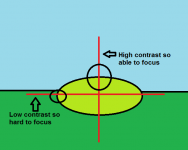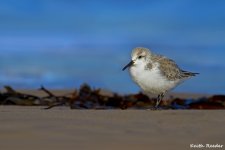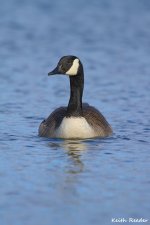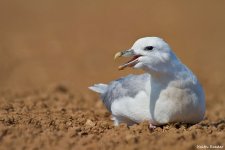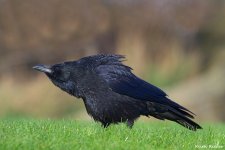wilfredsdad
Well-known member
Hello - wonder if some people might be able to give me some info on 'Cross type focusing points'. My EOS 500D has a 'f5.6 cross type focusing point at the centre' - does that imply that this focusing point only works as a cross type when my lens is at f5.6 (I use the Canon 400mm f5.6L)? What exactly is supposed to be the advantage of cross type focusing points? focusing speed? accuracy?
I only ever use the centre focusing point when photographing birds - I focus as precisely as I can on their eye - so what might be the advantage of a focusing system (say like the 40D) where all the focusing points are cross type?
regards Pete
I only ever use the centre focusing point when photographing birds - I focus as precisely as I can on their eye - so what might be the advantage of a focusing system (say like the 40D) where all the focusing points are cross type?
regards Pete




